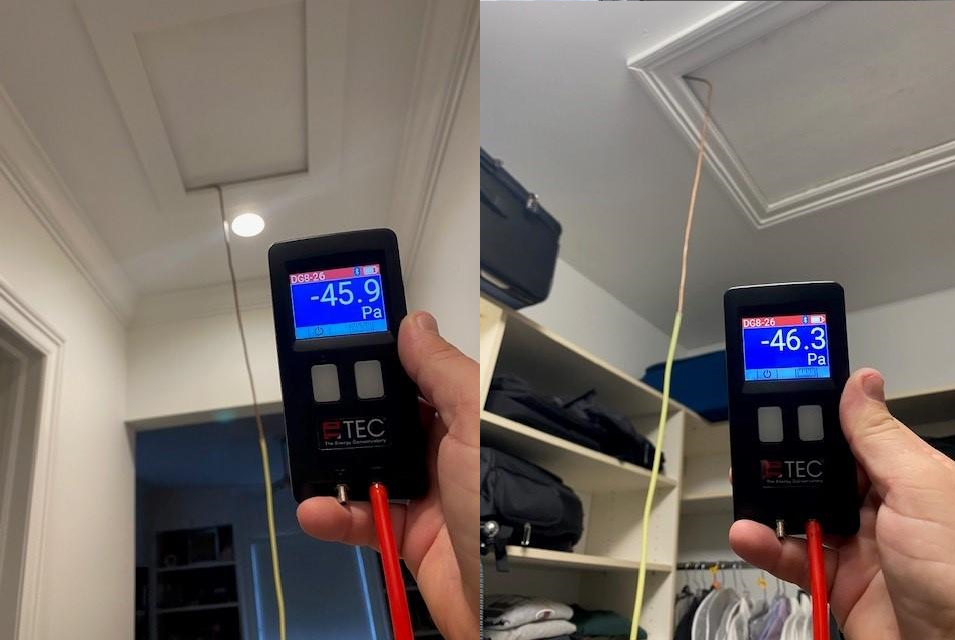Get Tech Tips
Subscribe to free tech tips.
Diffuser Placement is Important

This tip was written by a 19-year service tech, Frank Mashione. Thanks, Frank.
Here is a tech tip from the field that had stumped me. Luckily for me, I knew the right person to call to get back on track.
This business has complained about heat calls for quite a while. I have heard other techs mention it in passing. I ran into our installation crew there about a month ago on a different job. Yesterday, it was my turn to take a crack at it.
They had called a different company the day before, and they said it was working fine. When I arrived, I checked a thermostat set at 73 and 65 in the store, so I checked another thermostat set at 73 and 70 in the store.
I got up on the roof and found both units locked out on high limit, which is 4 blinks for these Trane gas packs. I found it odd that the units were locked out on high temperature, but neither the indoor fan nor inducer was running. I cycled power, and the unit restarted. Next, I checked gas pressure. It was on the high end of the manufacturer's specs, so I adjusted it back just a bit.
In the back of my mind, I thought I had it. I checked static pressure and found it at 0.6″ wc, which isn't too bad, especially for the area I work in. I regularly see static off the charts.
The temperature rise was 55°, which was acceptable, but the return temperature was reading high. I put my wireless air probe in the location of the high limit. After some run time, the temperature in the high limit was approaching the trip point of the limit. That made it clear that the limit was doing its job by tripping.
The unit would run about ten minutes, and then it would trip on the limit. After four trips, it would lock itself out for an hour.
That got me looking at the return temperature again, and I realized that it was much higher than the indoor temp.
The cause of the problem was that the supply was installed too close to the return, making return temperature high and tripping out high limit. After nineteen years in the business, I'm still finding new things to learn.
—Frank Mashione, service technician










Comments
To leave a comment, you need to log in.
Log In